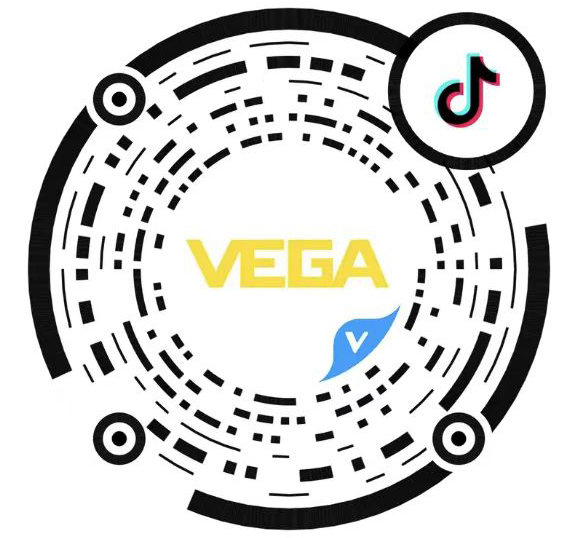Whether at sea or on land: VEGAPULS 6X level sensor ensures safety in applications with liquefied gas
Many in the transport industry consider LNG to be the fuel of the future – the fact that it produces hardly any particulate matter and significantly lower greenhouse gas emissions, is a valuable ecological argument. The economic advantages of LNG (short for Liquefied Natural Gas) and LPG (Liquefied Petroleum Gas), when compared to conventional fuels, are generating increased interest in liquefied gases.
LNG is already especially popular in the shipping industry. More and more container and cruise ships are using natural gas as their propulsion fuel. However, when liquefied gas is involved, safety is the top priority – because it is extremely cold, flammable and explosive. The measured values from the VEGAPULS 6X level sensor help to reduce risks and optimise processes. But there are a whole range of other challenges:
Экспортировать эту статью
Скачать как PDFПоделиться этой статьей
Комментарии ({{comments.length}})
{{getCommentAuthor(comment, "Анонимный")}} {{comment.timestamp | date : "dd.MM.yyyy HH:mm" }}
{{comment.comment}}





